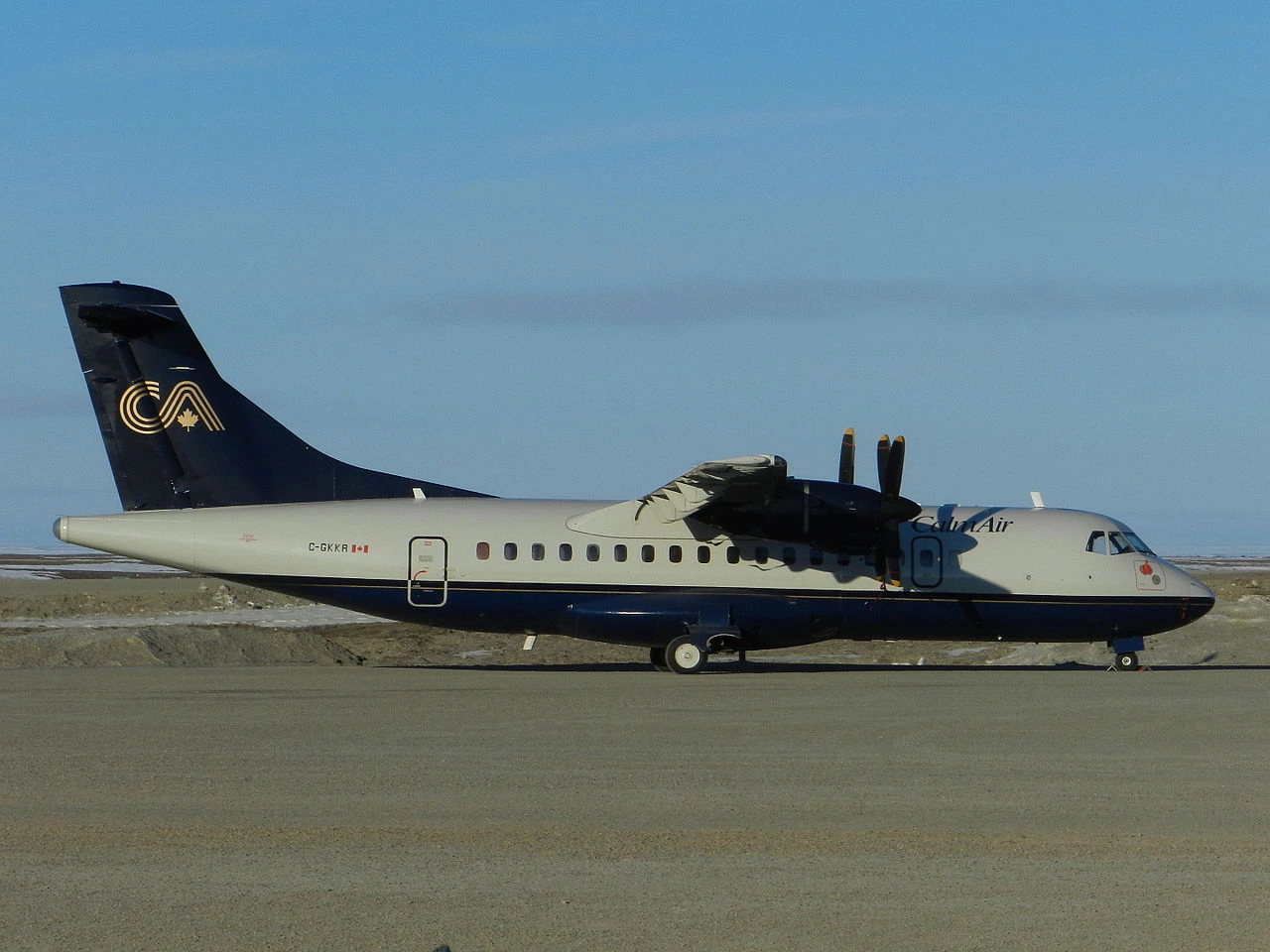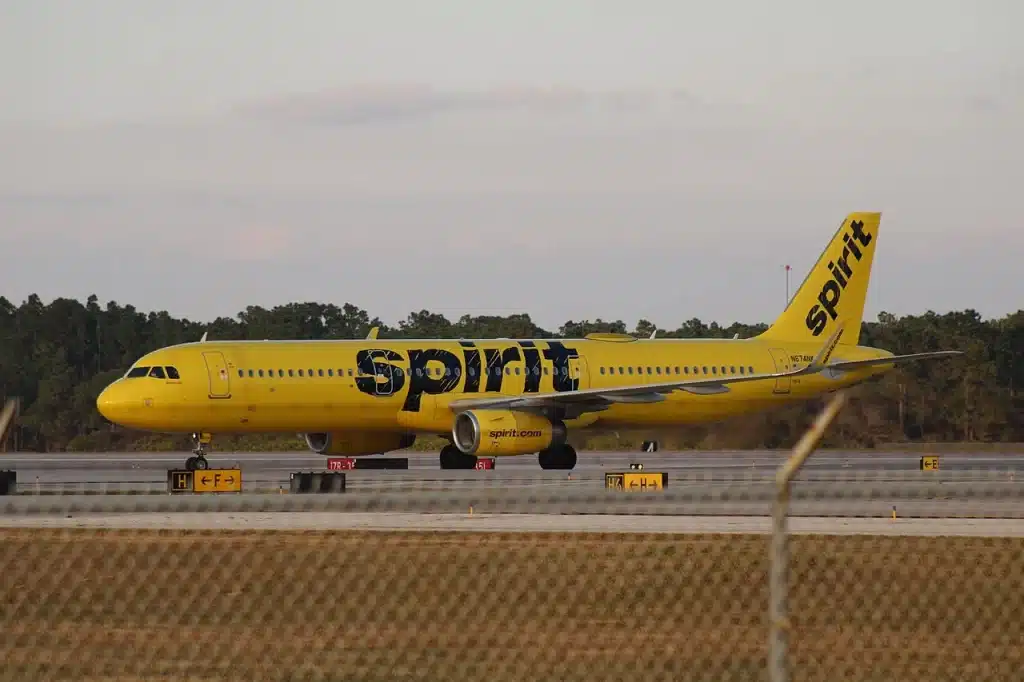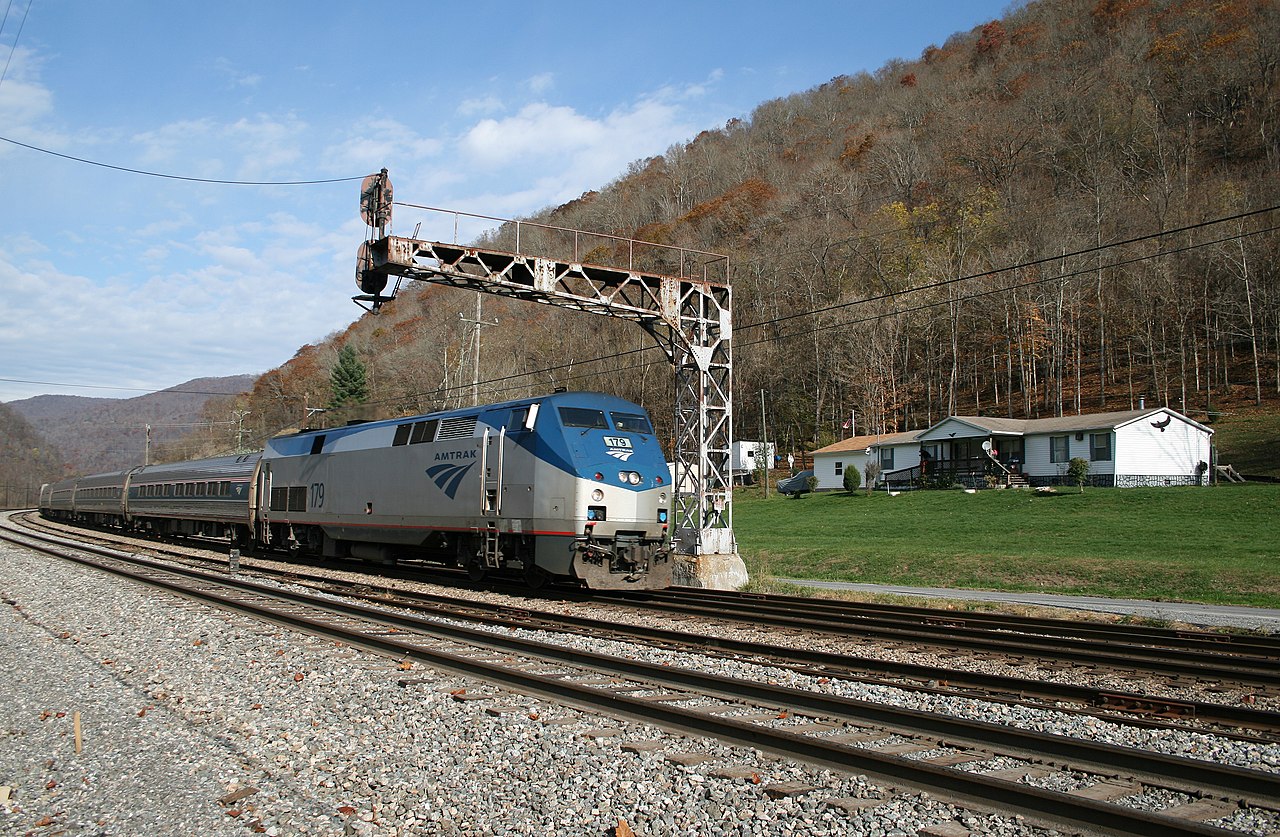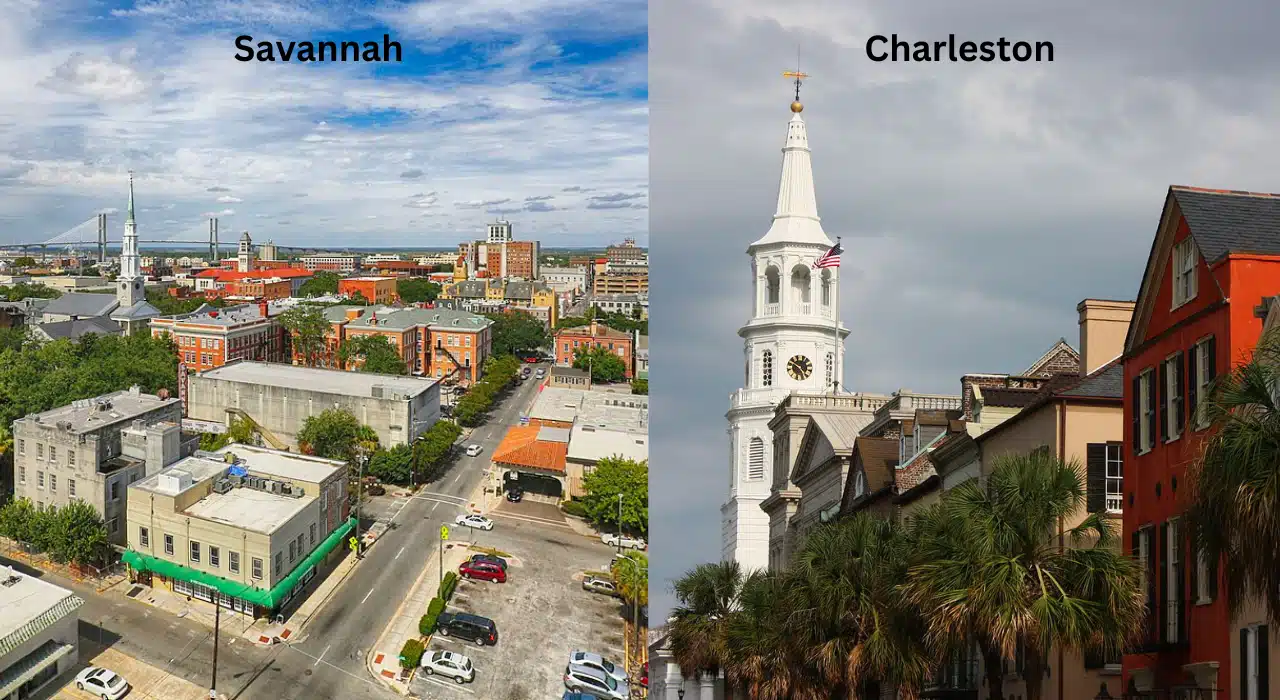


Spirit Airlines for the second time in almost a year announces it’ll go into bankruptcy protection. The airline said day to day operations will not be affected.
Spirit Airlines’ recent financial struggles have been no secret. These struggles have snowballed to the point that last week the ultra-low-cost carrier took a major step in addressing them. According to a company press release, the airline announced it is filing for Chapter 11 bankruptcy protection.
Dave Davis, Spirit’s President and CEO, wrote in an email to Spirit customers:
“After thoroughly evaluating our options and considering recent events and the market pressures facing our industry, our Board of Directors decided that a court-supervised process is the best path forward to make the changes needed to ensure our long-term success. We have evaluated every corner of our business and are proceeding with a comprehensive approach in which we will be far more strategic about our fleet, markets and opportunities in order to best serve our Guests, Team Members and other stakeholders.”
The bankruptcy protection gives Spirit the flexibility it needs to restructure its operations and finances. The goal coming out of this would be to create a better financial future. The press release emphasized that day-to-day operations will not be affected. Customers’ travel plans will remain intact.
While this seems like the last hail mary for Spirit, let’s look at how the airline likely got into this situation.
Over the last few years, Spirit has attempted to merge with two other airlines, but both efforts failed.
The first attempt was with ULCC competitor Frontier Airlines. Had this merger succeeded, Spirit-Frontier would have been the largest ULCC in the United States. Perhaps in the entire world. This seemed like the perfect fit for Spirit, as both share the same ultra-low-cost business model.
But Spirit abandoned that merger in favor of a potential deal with JetBlue Airways. Regulators, however, raised concerns about how this merger would affect customers who preferred ultra-low-cost travel. The government questioned whether JetBlue would keep Spirit’s ULCC model or shift the entire business toward its existing low-cost model, leaving the ULCC market underserved.

Another source of trouble for Spirit lies within its fleet. Compared to Frontier, which historically flies a very young fleet, Spirit has held on to several older airframes like the Airbus A319 and Airbus A320 classics.
Spirit has begun transitioning to Airbus NEO planes, but there have been many issues with the NEO engines, delaying deliveries and leaving planes grounded. Reports even claim that Spirit has aircraft parked in Arizona without engines. These planes should be in the air generating revenue but are sitting idle instead.
The Chapter 11 restructuring will address these challenges. Spirit will likely sell off older aircraft while waiting for the NEO engine troubles to resolve. If the carrier can make it through bankruptcy without being acquired, it will most likely emerge with a more modern fleet than the one it brought into bankruptcy protection.
For Spirit customers, the bankruptcy filing likely won’t cause major disruptions. Spirit has been very vocal about its financial situation for years, and it continues to expand its route network despite the adversity. Customers can expect flights to operate as normal while the restructuring takes place.
But the optics raise concerns about Spirit’s future. The airline is one of the most recognizable ULCCs in the U.S. and serves a large market for cheap travel. If it were to leave this market, Frontier would be the only ULCC with coast-to-coast availability. Other carriers like Sun Country, Allegiant, and Avelo serve niche markets and don’t offer the same broad coverage that Spirit currently does.
Spirit’s path forward largely depends on how well it can restructure and modernize its operations. Bankruptcy isn’t the end-all, but the airline must adapt. The loss of Spirit would affect millions of travelers.




